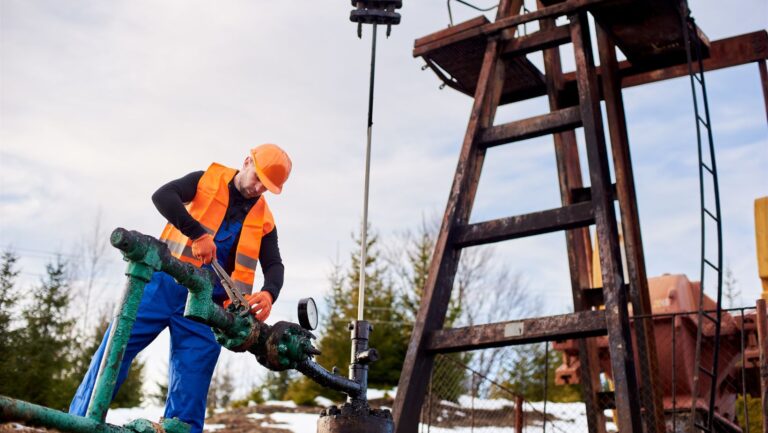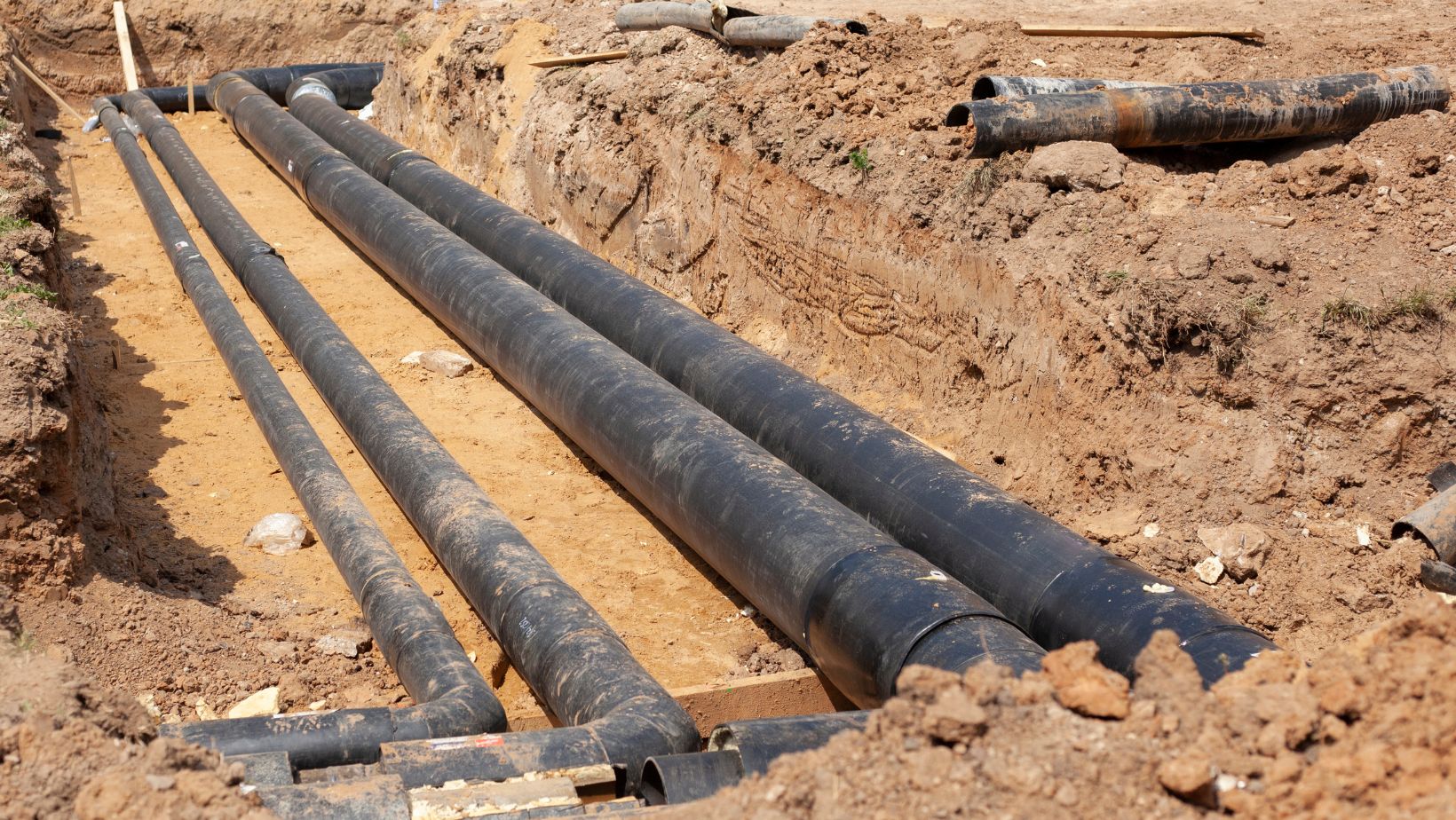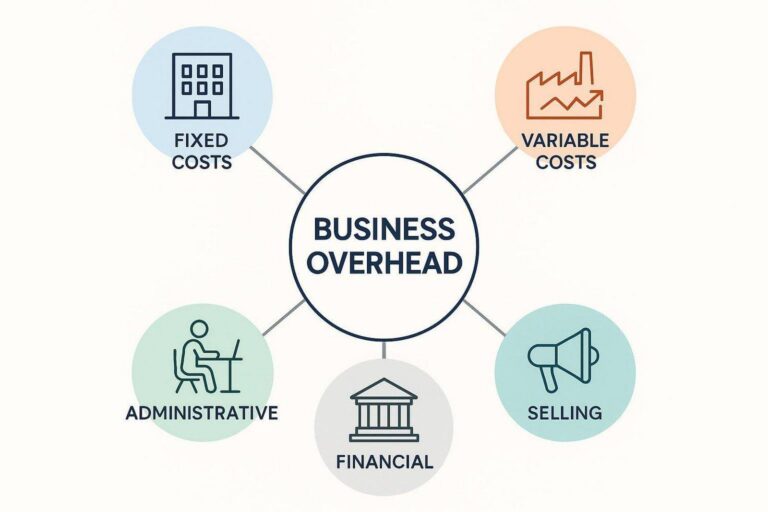A city’s life pulses through channels the eye can’t follow. From the moment we turn on a faucet to the second a message lands on our phone, an entire hidden infrastructure makes it all happen. Most of us don’t think about what lies below the sidewalk. We just expect it to work. Until it doesn’t.
A pipe bursts, and a street floods. A cable snaps, and an entire block goes offline. These moments are abrupt reminders that the systems we rely on are not infallible—and that keeping them functional is neither easy nor optional. As urban centers expand and tech demands intensify, there’s a growing need for ways to build and maintain infrastructure that don’t grind city life to a halt.
Trenchless technology, once reserved for specific repair jobs, is stepping into this role with quiet force. It’s not just changing how we fix things. It’s redefining what it means to build a resilient, responsive, and future-ready city.
The Invisible Fix That Keeps Cities Moving
Imagine replacing a sewer line without tearing up a street. Or installing high-speed internet cables under a historic plaza without digging a single hole in plain view. That’s the essence of trenchless methods: they let teams work underground while the city keeps functioning above.
Methods like pipe bursting, trenchless boring, sliplining, and horizontal directional drilling (HDD) allow new pipes or cables to be inserted with minimal surface disruption. This means fewer traffic jams, less dust, and less frustration for residents and businesses.
But the impact goes beyond convenience. In areas where aging infrastructure overlaps with dense populations or fragile landmarks, the ability to avoid surface-level digging can be the difference between progress and standstill.
From Emergency Repairs To Strategic Upgrades
Cities like Denver, Boston, and Austin have turned to trenchless techniques during emergencies—collapsing pipes, corroded water mains, unstable gas lines. But what’s shifting now is that these tools are no longer seen just as a Plan B. They’re becoming part of the primary planning process.
Municipal planners are incorporating trenchless capabilities into long-term strategies. Whether it’s expanding stormwater systems to handle climate-related flooding or laying groundwork for fiber-optic networks, trenchless solutions offer speed and flexibility that conventional trenching can’t match.
And because these methods are less invasive, cities can sequence upgrades more efficiently—adding resilience in phases, rather than shutting everything down for months at a time.
More Than Pipes, More Than Plumbing
The name might suggest a focus on water or sewer lines, but trenchless technology has a broader reach. It’s being used to deploy electric grid updates, lay geothermal lines, and integrate new smart city components underground.
In fact, much of the push toward 5G and fiber expansion depends on trenchless installs. Digging up sidewalks or streets every few blocks simply isn’t viable at scale. Trenchless allows service providers to deploy infrastructure with reduced permitting, quicker timelines, and less public resistance.
This is especially relevant in communities trying to bridge digital divides. The faster, quieter, and less disruptive the installation, the more feasible it becomes to connect underserved neighborhoods.
Environmental And Economic Logic
There’s also a strong case to be made on sustainability grounds. Trenchless methods consume less fuel, generate less spoil, and cause less harm to tree roots, waterways, and surface structures. For cities with green goals—or facing EPA regulations—this approach aligns with broader environmental priorities.
From a budget perspective, while the initial costs of trenchless methods can be higher, the long-term savings are often significant. Less surface repair means lower restoration costs. Shorter timelines reduce labor hours. And minimizing community disruption can preserve goodwill—an intangible asset that matters during public works projects.
Training The Next Generation Of City Builders
As trenchless becomes more central to how cities grow and adapt, it’s creating ripple effects in workforce development. New skill sets are needed—technicians who can operate HDD rigs, engineers who can design underground paths, inspectors trained in non-invasive diagnostics.
Colleges and trade programs are slowly adapting, but there’s still a knowledge gap. For contractors and municipalities willing to invest in training, there’s a real opportunity to lead.
Cities That Dig Smarter, Not Deeper
Urban development used to mean disruption by default. But that mindset is giving way to a different approach—one where intelligence, precision, and foresight matter more than brute excavation.
Trenchless technology sits at the heart of this shift. It’s not a silver bullet, but it’s an enabler—a way to meet growing infrastructure demands without sacrificing quality of life. For cities facing tight timelines, tighter budgets, and higher expectations, that balance is everything.
As the underground becomes more crowded and the demands on our systems grow, the ability to build without breaking becomes a defining factor. Trenchless methods are helping cities adapt from the inside out—one quiet connection at a time.






